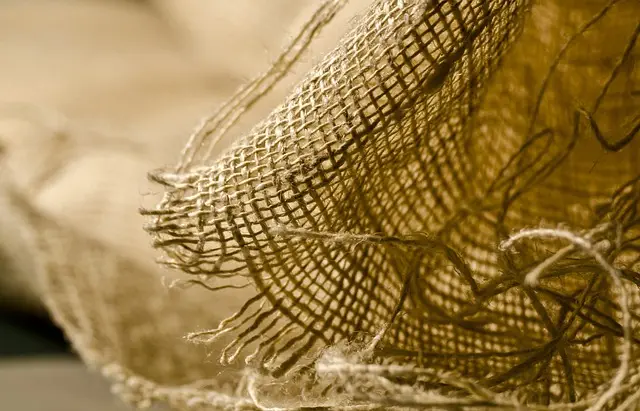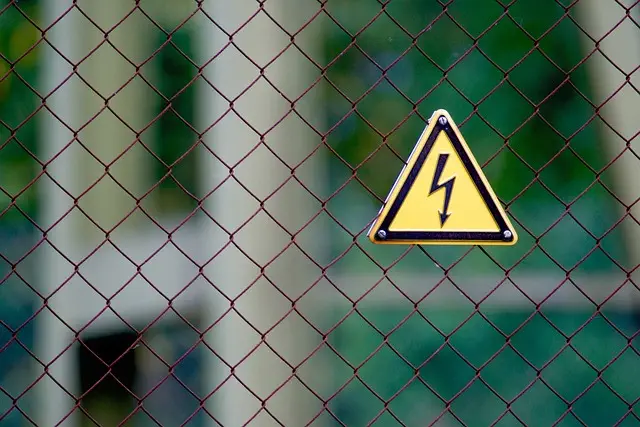Muscle soreness from intense physical activity is typically caused by micro-tears in muscle fibers, prompting the body's adaptation and growth. Managing this soreness through supplementation like kratom, which contains alkaloids that may interact with opioid receptors for pain relief, can aid recovery when used responsibly as part of a balanced approach including rest and proper nutrition. It is essential to prepare kava root powder correctly to access its analgesic properties safely, with precise measurements and careful extraction of the active compounds known as kavalactones. Users should approach both kratom and kava with caution, starting with low doses, and are advised to seek medical advice before incorporating these substances into their regimen, particularly considering their legal status and potential interactions with other medications or health conditions. Always use high-quality, authentic kava from reputable sources and follow the recommended preparation method to ensure both efficacy and safety.
Muscle soreness post-exercise can be a significant hurdle for both athletes and casual gym-goers alike. Exploring effective relief strategies is crucial for maintaining an active lifestyle without the encumbrance of discomfort. This article delves into the potential benefits of kratom supplements and the synergistic effects when combined with prepared kava root powder, offering insights into managing post-exercise muscle pain naturally. We will first unravel the mechanisms behind muscle soreness and how these natural remedies may provide relief. Then, we’ll guide you through the proper preparation of kava root powder, a process that is key to its efficacy when paired with kratom. Join us as we explore this alternative approach to muscle soreness relief.
- Understanding Muscle Soreness and Its Relief Through Kratom Supplements
- The Role of Kratom in Mitigating Post-Exercise Muscle Pain
- How to Safely Prepare Kava Root Powder for Muscle Soreness Relief and the Potential Synergy with Kratom
Understanding Muscle Soreness and Its Relief Through Kratom Supplements

Muscle soreness can arise from various activities, including intense exercise, physical labor, or even minor injuries. The discomfort often results from micro-tears in muscle fibers that occur when they are subjected to stress beyond their usual routine. This process, known as muscle adaptation, is a natural part of the body’s response to exertion and is crucial for muscle growth and strength development. However, managing the subsequent soreness is key to maintaining an active lifestyle and ensuring recovery. Kratom supplements have gained attention in this regard due to their potential benefits in alleviating muscle pain. Traditionally used in regions like Southeast Asia for its various health effects, kratom contains alkaloids that may interact with the body’s opioid receptors, providing pain relief and promoting a sense of well-being. When preparing kava root powder, which is closely related to kratom, it is important to follow precise measurements to achieve the desired effect while avoiding overconsumption. This careful preparation ensures that users can experience the analgesic properties of kratom supplements without unnecessary risk. For those seeking relief from muscle soreness, incorporating kratom into a recovery routine, when used responsibly and as part of a holistic approach, may offer effective comfort alongside adequate rest and proper nutrition. It is advisable to consult with healthcare professionals before integrating kratom supplements into any regimen, especially considering its potential interactions with other substances and its legal status in various jurisdictions.
The Role of Kratom in Mitigating Post-Exercise Muscle Pain

When engaging in physical activities, muscle soreness can be a common and often uncomfortable aftereffect, particularly when transitioning to more intense exercise regimens or incorporating unfamiliar movements. Kratom, derived from the leaves of the Mitragyna speciosa tree, has been recognized for its potential role in alleviating post-exercise muscle pain. Its active compounds, mitragynine and 7-hydroxymitragynine, may interact with the body’s opioid receptors, offering analgesic effects that can help soothe sore muscles. Users preparing kava root powder, a related supplement, should note that while kava is known for its calming properties, it differs from kratom and does not necessarily provide the same pain-relieving benefits.
For those experiencing muscle soreness following exercise, incorporating kratom into one’s post-workout routine may offer relief. It’s advisable to measure and prepare kava root powder carefully to achieve the desired effects without overconsumption, which could lead to adverse reactions. The dosage of kratom can vary significantly based on individual tolerance and the specific strain used; thus, it’s crucial to start with a low dose and gradually increase as needed, while always adhering to safety guidelines and consulting with healthcare professionals when integrating kratom into any health regimen. Proper dosing is key to harnessing kratom’s potential for muscle pain relief post-exercise. Users should also be aware of the legal status of kratom in their jurisdiction, as it varies by region and may be subject to regulation or prohibition.
How to Safely Prepare Kava Root Powder for Muscle Soreness Relief and the Potential Synergy with Kratom

When seeking relief from muscle soreness, a natural approach often includes herbal supplements such as kratom and kava root powder. Preparing kava root powder for muscular relief involves careful consideration to ensure both efficacy and safety. Begin by sourcing high-quality, authentic kava root powder from reputable suppliers. Authenticity is crucial as some adulterated forms of kava are available in the market, which can be harmful. Once you have the correct product, measure the appropriate dose—typically a teaspoon or tablespoon, depending on your experience and body weight—and place it into a fine strainer or muslin cloth placed over a bowl. Pour hot water over the powder to extract the kava’s active compounds, known as kavalactones. The water should be hot but not boiling to preserve these beneficial elements. Allow the mixture to steep for about 5 to 10 minutes. After steeping, press out the excess liquid from the kava root powder to avoid wasting any of the kavalactones.
The potential synergy between kava and kratom is an area of interest for some individuals seeking muscle soreness relief. Both substances are traditionally used in their respective cultures for pain management and relaxation. When used together, it’s essential to be cautious due to their individual effects on the body’s systems. It’s recommended to consult with a healthcare provider before combining these supplements, as they can interact with each other and may affect certain medications or health conditions. If you decide to explore this synergy, start with small doses of both kava and kratom to monitor your body’s response. Preparing kava as described above can be paired with a standard kratom tea or capsule intake for a potential combined effect. Always prioritize safety and adhere to responsible dosing guidelines to minimize any risks associated with these powerful natural remedies.
Muscle soreness post-exercise can be a significant hindrance to maintaining an active lifestyle. This article has explored the mechanisms behind muscle soreness and how supplements like kratom may offer relief, particularly when combined with the preparations of kava root powder. By understanding the role these natural substances play in pain mitigation, individuals can make informed decisions to enhance their recovery process. The key takeaway is that incorporating kratom supplements and properly prepared kava root powder into a post-exercise routine may help alleviate discomfort, allowing for more consistent training and better overall wellness. As always, it’s crucial to follow recommended dosages and consult with healthcare professionals before integrating any new supplements into your regimen.






